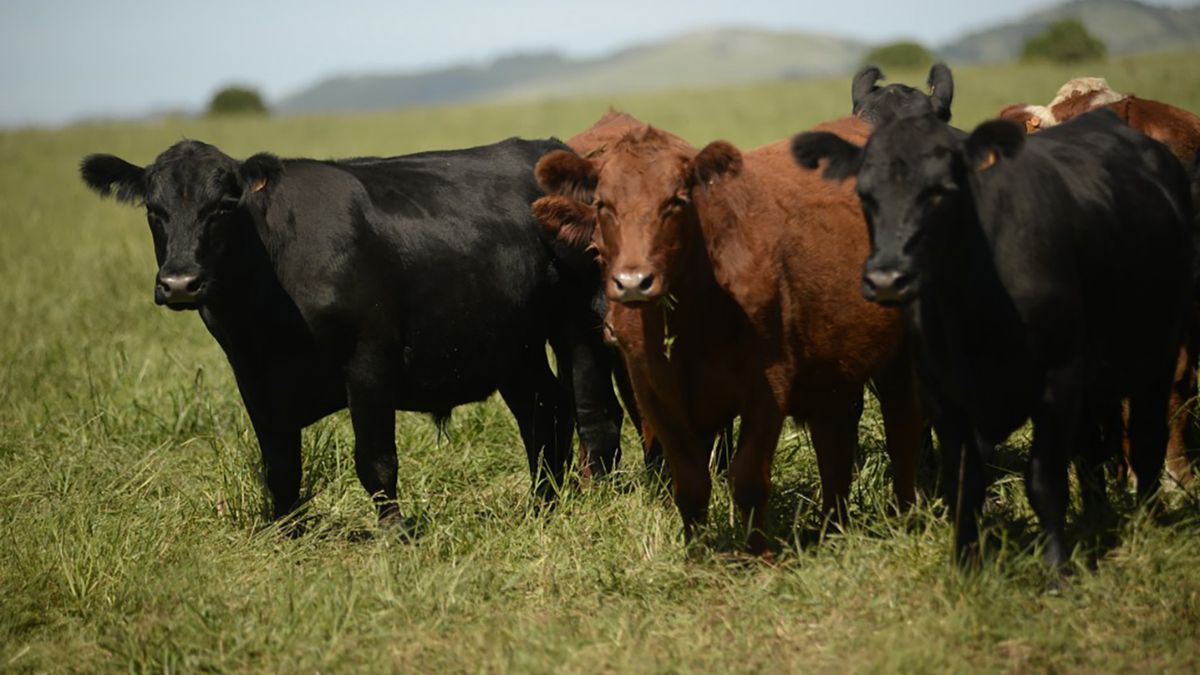The National Institute for Agricultural Research reported that green sorghum forage can intoxicate livestock.
He National Institute of Agricultural Research (INIA) released a technical report on the accumulation of Hydrocyanic acid and/or nitrates in sorghum green forageeven in corn, after the death of 70 cows due to suffocation in the department of Leap. The animals in question were intoxicated after ingesting sorghum, and died in an approximate period of one and a half hours.
The content you want to access is exclusive to subscribers.
According to INIA, one of the usual practices to avoid poisoning is to graze sorghums at a height of at least 50 centimeters. Nevertheless, dry times can generate very high concentrations of hydrocyanic acid in green forages, even grazing at heights that oscillate between 40 and 50 centimeters. These levels of hydrocyanic can be found both in forage-type sorghums, as well as in grazed and regrowthed plants.


The lack of rain is a determining factor for the existence of nitrate levels in plants above normal, these being highly toxic to cattle, generating symptoms very similar to those caused by hydrocyanic acid. It was reported that the first signs of intoxication were detected after 15 minutes in the Salto animals.
The ingestion of high concentrations of these compounds causes respiratory difficulties, which generally trigger an acute picture, where there is an increase in respiratory rate, drooling and incoordination, followed by muscle tremors, convulsions, and the death within 30 minutes to 4 hours.
Treatment recommended by the INIA
According to INIA, There is no preventive treatment for these two diseases.. It is recommended the use of Methylene blue (1 to 2 mg/kg of body weight of methylene blue in a solution at 1% by slow intravenous route) for animals intoxicated with nitrates, and in the case of hydrocyanic acid it is recommended to only use thiosulfate at a rate of 660 mg/kg live weight. In any of these cases, the therapy should be repeated every 6-8 hours.
Tips to avoid poisoning
- 1— Send material to the laboratory for analysis, in order to determine the hydrocyanic acid content. Forage samples should not take more than 3 to 4 hours after they are cut., since the hydrocyanic acid volatilizes and is not detected in the analyses. To determine nitrates in the plant, samples may take longer between cutting and laboratory analysis, but these must be shipped refrigerated.
- 2 — Prior to beginning grazing of suspect forage enter only a few animals to assess their behaviorsince the presentation of toxicity of this type usually manifests rapidly.
- 3 — Nitrates accumulate mainly in the stem of plantsTherefore, if these forages are consumed in a not very intense way, the animals will consume the leaves first, and the toxicity is likely to be lower.
- 4 — Species that can accumulate nitrates will cease to be toxic once the 7 to 10 days after a heavy rain.
- 5 — Corns can contain high concentrations of nitratesnot so for hydrocyanic acid.
https://twitter.com/INIA_UY/status/1639682592608866304
ALERT: Sorghums, sudangras, Aleppo sorghum and even corn can kill your cattle by hydrocyanic acid and/or nitrates.
The game is played in a good diagnosis.
Find more information and suggestions to avoid poisoning in the link
https://t.co/hty3sCJMkU— INIA URUGUAY (@INIA_UY) March 25, 2023
Source: Ambito




